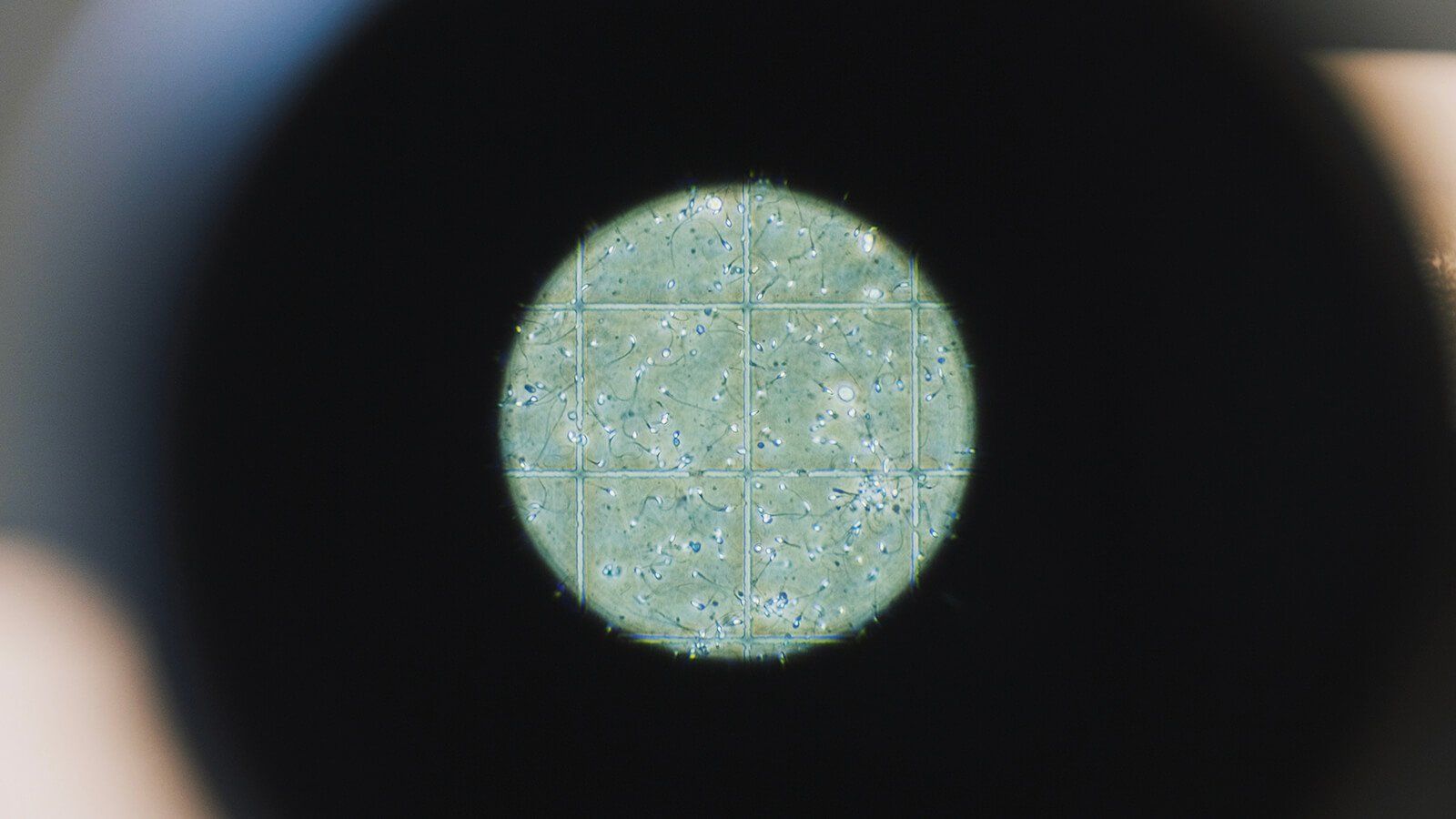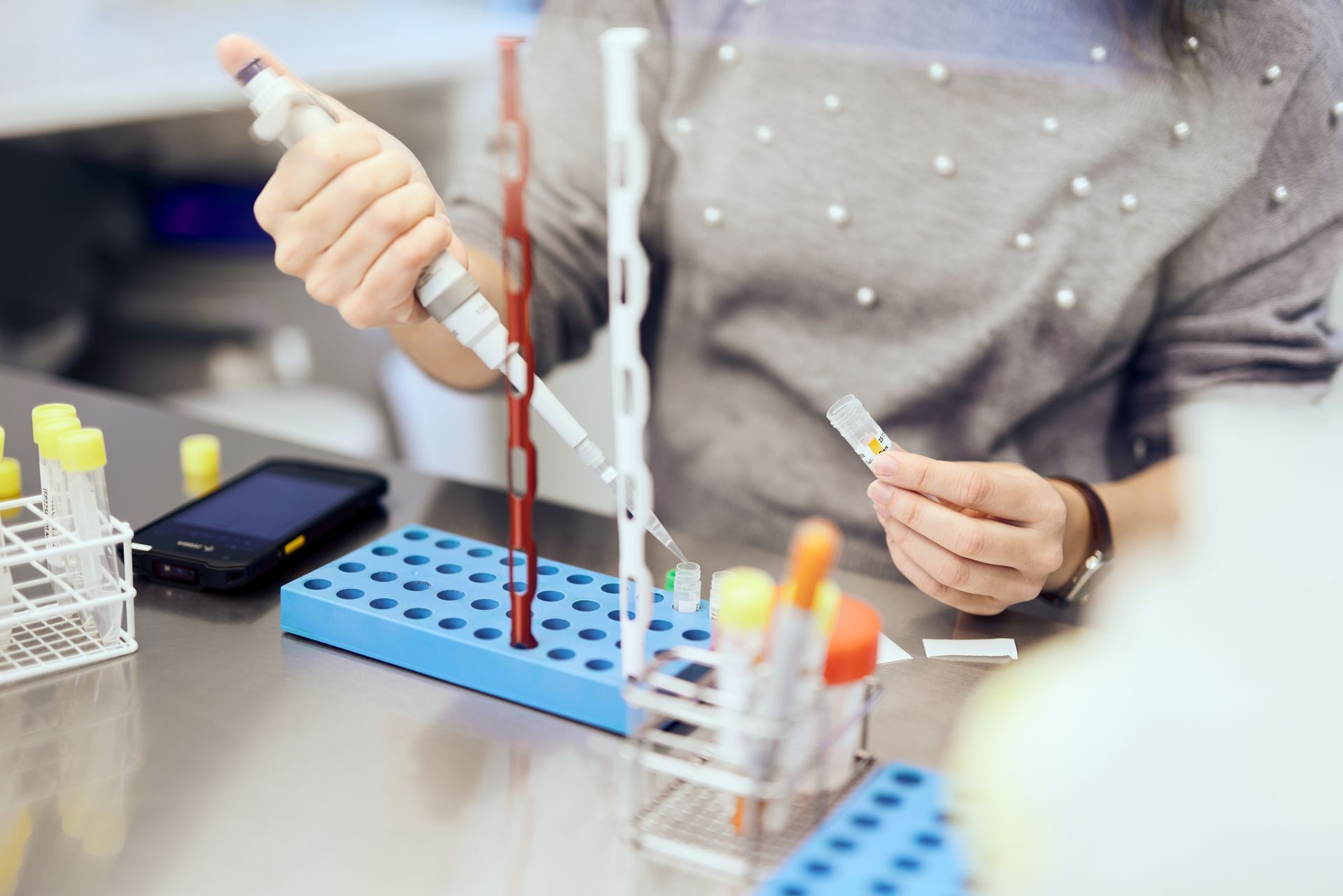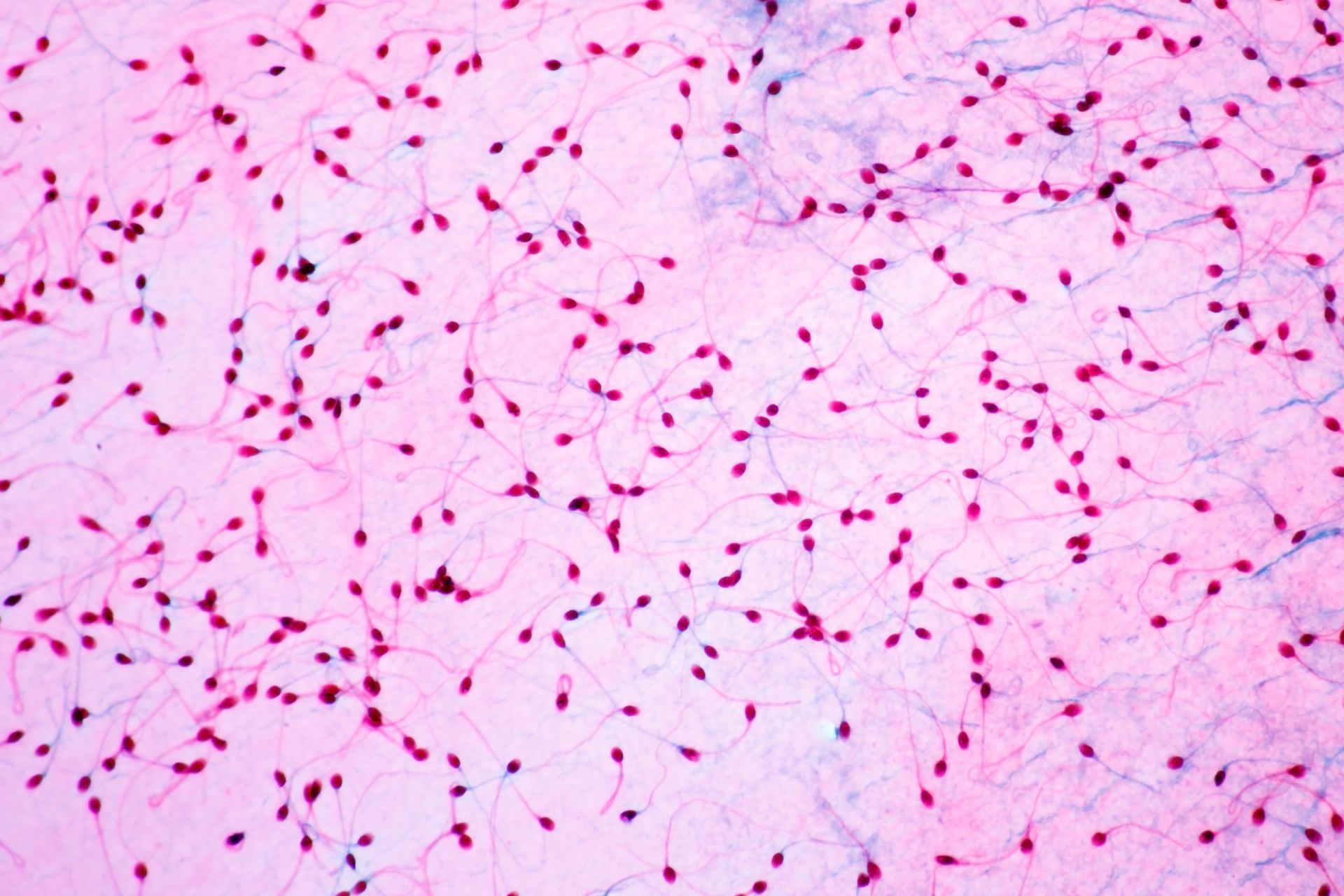What is Sperm?
We think it is about time to debunk some common misconceptions about sperm and the male reproductive system. In this blog post, we will go through some of the fascinating facts about this tiny little cell. We will explain what it is, what it is made of, and what its major functions are. You will also learn more about how it is produced, the process of sperm count, and sperm quality.
Understanding how sperm works is important, especially if you are trying to conceive and struggling with sperm quality and male infertility.
What is Sperm Made of?
Sperm is the male reproductive cell. It consists of a head, a midpiece, and a tail.
- The head of the sperm contains the nucleus with DNA. The sperm head also contains the necessary enzymes to break through the cell membrane of the egg.
- The midpiece holds the mitochondria that produces the energy that gives sperm its ability to move.
- The long, whip-like sperm tail works like a propeller that pushes the sperm forward, towards the egg. It contains protein fibres that contract and expand, giving sperm its characteristic movement.
Mature sperm cells measure ~0.05 millimetres and swim at around 3 millimetres per minute. Some of these cells might have two heads or two tails but their function and structure remain constant.
The Difference Between Sperm and Semen
It is quite common to confuse sperm and semen, even though they are not the same thing. Sperm is just one of the components of semen which is a mix of sperm and secretions from the reproductive glands. It contains elements like fructose, ascorbic acid, nitrogen, vitamin B12, and various salts.
Semen is a safe medium where sperm can swim, containing substances that sperm uses as a source of energy. It also neutralises the acidic environment of the vagina, protects the DNA contained in the sperm’s head, and prolongs its life in the female reproductive system.
How is Sperm Produced?
Men that produce regular levels of sperm can create around 2 trillion sperm cells in a lifetime. Now, let’s go through a few steps to understand how sperm is produced.
The testicles produce sperm and then hold it for 72 days for it to mature. A tube called epididymis stores mature sperm until its release from the body. The movement from the epididymis through the vas deferens to the urethra depends on muscle contractions.
Men can produce 100 to 300 million of sperm cells every single day, but to do so, the testicles need to maintain a certain temperature that’s a little bit cooler than the rest of the body. They move closer or further from the body to adjust the temperature and make sure that the sperm production goes swimmingly. Smart, right?
What is Sperm Count?
Sperm count is a measuring method that allows you to know the number of sperm cells in a particular volume. A regular sperm count contains 15 million to 200 million sperm cells per millilitre of semen. The quantity of sperm is important for fertility because so many sperm cells are lost during the journey through the female reproductive system.
However, sperm count, by itself, is not a good measure of fertility. Even men who have issues with fertility often make millions of sperm cells, and that is why a high sperm count does not guarantee fertility, and a low sperm count does not necessarily translate into conceiving issues. Sperm structure and mobility are relevant as well. A semen analysis will cover all these fields. It includes a sperm count and examines the shape and movement of the cells as well.
The Function of Sperm
The main function of sperm is to penetrate and fertilise the egg. However, the journey to the egg is long, complex, and full of obstacles, and most sperm are eliminated along the way. Luckily, it takes only one sperm to fertilise the egg.
Following ejaculation, the sperm must travel all the way from the vagina, through the cervix, into the uterus, and finally into the correct uterine tube to meet the egg. The eggshell is quite hard, and in order to penetrate the egg, the sperm must break down the shell at the site of contact. The sperm does so with enzymes, which it carries in the so-called acrosome - a "hat" on the top of its head.
The fusion of the sperm and the egg creates a small cell called a zygote. This tiny cell divides and grows to the point where it is capable of implanting in the uterus. If the pregnancy is viable, it develops into a foetus and leads to birth.
The Types of Sperm
There are two types of sperm cells that are responsible for determining the sex of your baby. The X sperm is the “female” sperm, while the Y sperm is the “male” sperm.
A sperm containing an X-chromosome fused with an egg that has another X-chromosome creates a girl (XX). A similar egg fertilised by a sperm cell containing a Y-chromosome, originates a boy (XY).
Conclusion
We hope you now have a much clearer understanding of what sperm is. Men produce sperm in their testicles where they mature until ready for release. Their structure gives them everything they need to successfully find and fertilise the egg.
Many people still mistake sperm for semen, but they are not the same thing. Semen is a mixture of sperm and other secretions. It gives sperm energy to move and protects it from the acidity of the vagina.
Sperm count will tell you the number of sperm cells existing in a particular volume. However, it is not always a good measure of fertility by itself. Sperm structure and mobility are important as well.
If you are experiencing problems with conceiving, it is always advisable to have your sperm tested and work with a fertility specialist. Luckily, there are so many treatment options available these days, and using a sperm donor might be one of them.
FAQs About Sperm
Other blog posts












